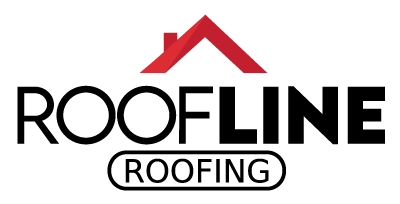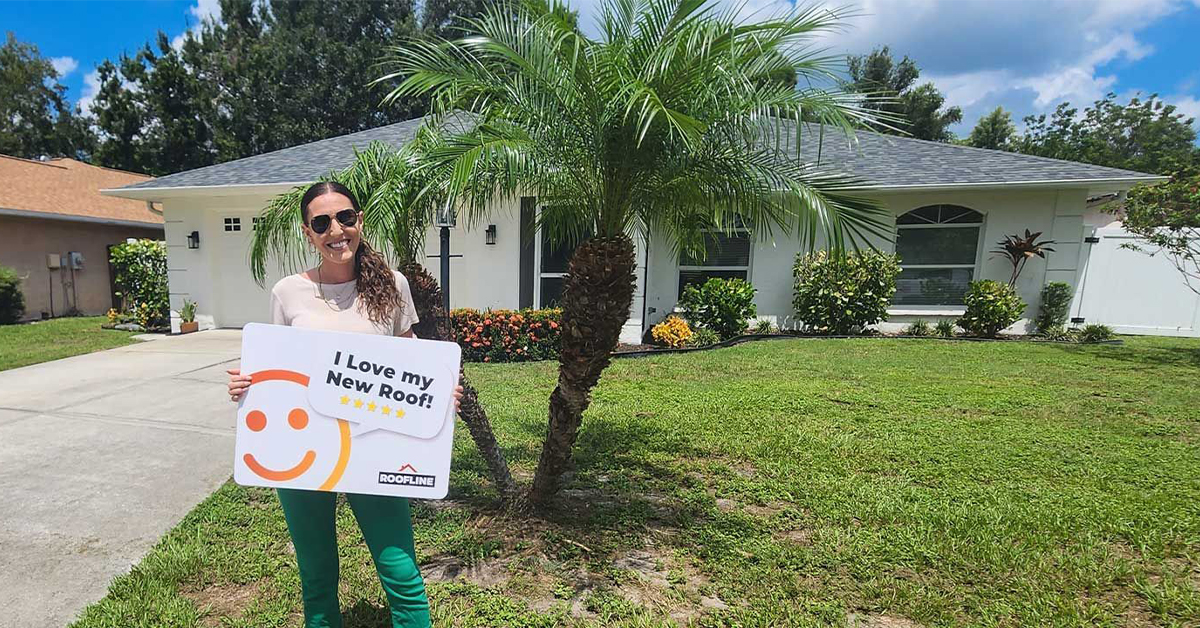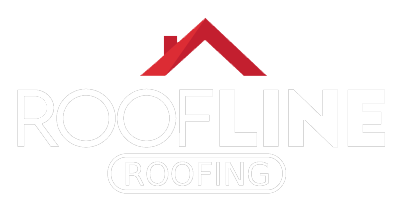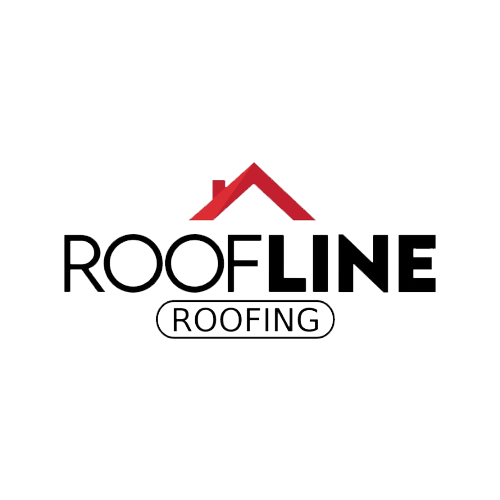Navigating the roof damage claim process in Sarasota and Manatee Counties can be daunting, yet it is a crucial skill for homeowners in regions frequently hit by severe weather. Understanding the procedural intricacies can mean the difference between a successful claim and unexpected expenses, particularly in areas where roofing issues are prevalent due to environmental factors. This guidance aims to demystify the claim process, providing actionable insights that equip homeowners with the know-how to advocate for their rights effectively.
For commercial property owners, the challenges can vary but are just as pressing; understanding policy nuances and engaging in proactive maintenance are imperative. Whether for residential or commercial properties, a comprehensive approach that includes detailed documentation and strategic planning is key. By following a structured claim strategy, homeowners and property managers can not only optimize claim outcomes but also ensure their properties are prepared for future weather-related incidents.
Filing a Claim: Step-by-Step Guide for Homeowners
Understanding how to file a roof damage claim can significantly impact whether you achieve a successful outcome. In Sarasota, where the climate can take a toll on roofs, knowing this process is essential for homeowners. Here’s a practical guide that helps you navigate this often-challenging task.
Assess the Damage
The first step is to assess the damage accurately. After an event like a severe storm, use a camera or smartphone to document the condition of your roof. Capture clear, detailed photos and record critical information such as the date and description of damage. According to a report by the Insurance Information Institute, insured losses from weather-related disasters have increased notably, making this documentation crucial when filing a claim.
Review Your Insurance Policy
Before proceeding, review your insurance policy to understand what’s covered. Policies often come with specific terms concerning roof coverage, and knowing these can prevent unexpected surprises. Look for clauses related to coverage limits and what types of damage are covered, including wind, hail, and water damage. A study by J.D. Power noted that policyholders who understood their coverage found the claims process more satisfactory.
Report the Damage Promptly
Insurance companies generally require homeowners to report roof damage shortly after it occurs. Contact your insurer’s claims department to initiate the claim. Provide them with all necessary information, including your documentation and photos. This immediacy helps adjusters prioritize your claim and assess your situation more efficiently.
Get a Professional Inspection
Although you may have a basic assessment, hire a professional roofing contractor to inspect the damage and give a formal report. Their expertise can help identify problems you may have missed. A professional report can also strengthen your claim by providing an expert’s perspective. According to the National Roofing Contractors Association, detailed third-party evaluations have improved claim results significantly.
Understand the Claim Process
Every insurer has its procedure for handling claims, and familiarizing yourself with these steps is beneficial. Usually, an adjuster will visit your home to verify the damage and provide an estimate. Knowing this framework helps you manage expectations. The Insurance Information Institute suggests that clear understanding and communication with the insurer lead to quicker resolutions.
Negotiate If Necessary
The initial offer from an insurance company isn’t always the final one. After receiving the adjuster’s estimate, compare it with the assessment from your roofing contractor. If discrepancies exist, communicate these differences to your insurer. Negotiation may be necessary if their offer does not cover all necessary repairs. A Consumer Reports survey found that policyholders who negotiated often received higher settlements.
Keep Track of Communications
Document all interactions with your insurance company, including phone calls, emails, and letters. Keeping a paper trail is helpful should complications arise during the claim’s lifecycle. These records offer a reference point and alert you to where you stand in the process. According to Insurance Journal, well-documented communication can reduce the resolution time dramatically.
Prepare for Repairs
Once your claim is approved, you can start arranging for repairs. Choose a licensed, credible contractor who specializes in roofing. Verify their credentials and read reviews or seek recommendations. Having the right contractor can ensure repairs are both efficient and up to standard, aligning with what your insurer expects.
Submit Repair Invoices
After repairs are completed, submit invoices to your insurer for reimbursement, if applicable. Insurers often want proof the repairs meet their standards, so a well-documented, itemized invoice will be necessary. This practice aligns with findings from a Hanover Insurance Group study, which emphasized that specific and clear documentation facilitates smoother payout processing.
Be Proactive About Maintenance
Lastly, consider regular roof maintenance to mitigate future issues and simplify potential claims. This includes cleaning gutters, inspecting for minor damage that could worsen over time, and trimming nearby trees. A study from the Insurance Institute of Business & Home Safety indicates that ongoing roof maintenance reduces both damage occurrences and the complexity of claims when filed.
By understanding the roof damage claim process in Sarasota, homeowners can protect themselves against unnecessary expenses and support their case effectively. Every step in this guide empowers you with knowledge to make informed decisions, thereby enhancing your experience and results with insurance claims.
Key Documentation: Essential Materials for Your Claim
Key Documentation: Essential Materials for Your Claim
To ensure a seamless roof claim documentation process in Manatee County, gathering essential materials is a crucial step. Being adequately prepared with comprehensive documentation can significantly influence your claim’s success. Here’s what you should gather:
Photographic Evidence
Start by capturing clear, high-resolution photographs of the damaged segments. Include multiple angles to depict the extent of destruction accurately. It’s advisable to record “before” and “after” images if available. Consistent photographic evidence provides concrete proof of damage, which is invaluable for insurers. According to a study by the Insurance Information Institute, claims supported by robust visual evidence are generally processed faster.
Detailed Written Descriptions
While photos showcase the damage visually, written documentation provides context. Describe the nature of the damage thoroughly: note the specific areas affected, the type of damage encountered (e.g., torn shingles, hail impacts, water intrusion), and the date the damage occurred. This written account complements photos, giving adjusters a more complete picture of the situation.
Weather Reports
After major weather incidents like hurricanes or severe storms, obtain official weather reports for the date of the damage. These reports can substantiate claims that damage resulted from a recognized weather event. The National Oceanic and Atmospheric Administration (NOAA) offers detailed archives that might prove beneficial in establishing an exact timeline and validating the cause of roof damage.
Inspection Reports
Engage a professional roofing inspector who can provide an unbiased assessment of the damage. Their report, which should detail each affected area and recommend necessary repairs, can strengthen your position. Such an expert’s evaluation is critical, especially when negotiating claims. Research by the National Roofing Contractors Association highlights the importance of expert inspections in validating and expediting claims.
Receipts and Cost Estimates
Collect and organize any receipts for repairs or maintenance previously conducted on the roof. If repairs were price-quoted but not yet undertaken, include these estimates too. Offering a historical perspective on your roof’s condition and costs can demonstrate to insurers that you’ve maintained your property responsibly. Furthermore, having clear cost estimates aids adjusters in fairly assessing needed repairs, as substantiated by a Consumer Reports survey indicating that detailed financial documentation often results in more favorable settlements.
Insurance Policy Documents
Ensure you have easy access to your insurance policy documents. These should delineate coverage specifics, including limits and exclusions. Familiarizing yourself with these details beforehand allows you to better understand what to expect and support your claim with applicable policy references.
Communication Log
Keep a meticulous log of all interactions with your insurance company, whether they’re phone conversations, emails, or letters. Noting the date, time, and subject of these discussions can help you track the progress of your claim and provide a safeguard against misunderstandings. An article from Insurance Journal emphasized the effectiveness of maintaining such records to resolve disputes and misunderstandings efficiently.
Incorporating this documentation into your roof claim process in Manatee County establishes a strong foundation for your case. Proper and thorough documentation is a pivotal element that can significantly enhance the claims process, increasing your chances of a satisfactory outcome.
Maximizing Your Claim: Tips for a Successful Outcome
Maximizing your roof damage claim in Bradenton requires strategic planning and attention to detail. While understanding the basic steps in submitting a claim is essential, applying advanced strategies can lead to a successful roof claim and more favorable settlement. Here are expert tips to help you maximize your claim outcome:
Establish a Pre-Loss Inventory
Before any damage occurs, maintaining a comprehensive pre-loss inventory can be beneficial. Document your roof’s condition with photographs taken during inspections or routine maintenance. This baseline offers a comparison point post-damage, supporting your claim’s validity. A detailed inventory serves as compelling evidence that any new damage was caused by a specific event and not pre-existing issues.
Engage a Public Adjuster
Consider hiring a public adjuster if your claim is substantial or disputes arise with the insurance company. Public adjusters are independent, working on your behalf to ensure you receive a fair settlement. They possess knowledge to interpret policy nuances and negotiate more effectively than most homeowners. A report by the Florida Association of Public Insurance Adjusters shows that claims handled by public adjusters typically result in higher settlements.
Prioritize a Thorough Paper Trail
Establish a meticulous record of all documents and communications related to your claim. This includes any correspondence with your insurance company, receipts, inspection reports, and relevant photographs. Organize these files in chronological order for ease of reference. Having a comprehensive paper trail allows you to address disputes efficiently, showing insurers that you are thorough and mindful of all details.
Secure Temporary Repairs
While awaiting a formal settlement, conduct temporary repairs to prevent further damage. Document these actions with photographs and expense receipts, which you can submit for reimbursement. Taking immediate action demonstrates your commitment to minimizing losses, potentially favoring your claim process by highlighting proactive management.
Enlist Expert Testimony
If your claim remains contested, seek expert testimony to bolster your case. This can involve additional assessments or statements from experienced roofing professionals or structural engineers. These experts provide authoritative opinions that could sway an insurance company in your favor, emphasizing the legitimacy of your claim. Data from the Roof Consultants Institute emphasizes the positive impact expert testimony can have.
Leverage Local Expertise
Understanding the specific challenges posed by Bradenton’s climate—such as hurricanes or heavy rainfall seasons—adds valuable context to your claim. Engage with local contractors aware of these challenges. They offer insights into common regional issues that insurers might not automatically consider, increasing the credibility of your claim.
Regular Policy Reviews
Review your insurance policy periodically, especially before peak disaster seasons. This practice ensures you know exactly what your policy covers and aligns with your claim strategy. If gaps exist, consult with your insurer to adjust coverage where needed. Proactive policy reviews help optimize coverage and prevent complications during claim evaluations.
By applying these advanced strategies, homeowners in Bradenton can position themselves for a successful roof damage claim. This approach not only aids in securing fair compensation but also instills confidence that your interests are safeguarded throughout the claims process.
You might be asking
How does the roof damage insurance claim process work?
Once you notice roof damage, contact your insurance company to report the incident. They will guide you through the process, typically sending an adjuster to assess the damage. After the assessment, the insurance company will decide the coverage amount, following which you or your contractor can begin repairs. Always review your policy for specific coverage details.
What documentation is required for filing a roof damage claim?
To file a roof damage claim, you should provide detailed photographs of the damage, a written estimate from a qualified contractor, and any maintenance records or previous repair documentation of the roof. It’s also helpful to include a copy of your policy and any correspondence with your insurance company related to the claim.
How can homeowners expedite the insurance claim process?
Homeowners can expedite the insurance claim process by promptly reporting damage, providing thorough documentation, and cooperating fully with their insurance adjuster’s requests for information. Keeping clear and organized records and maintaining open communication with your insurance company and contractor can also help speed up the process.
Next Steps
Building a strong case for your roof damage claim in Sarasota and Manatee Counties requires careful attention to detail and strategic management. Having the right documentation helps ensure a smoother process, while collaborating with local experts can lend valuable support. As you plan your next steps, consider gathering all necessary materials such as photographs, inspection reports, and a detailed communication log. This comprehensive preparation not only demonstrates due diligence but equips you to handle potential negotiations effectively.
When you’re ready to move forward, Roofline Roofing is here to guide you through the process. Engaging with professionals who understand both the insurance landscape and regional nuances will be invaluable. Schedule a free consultation with us today to discuss your roofing goals and let us help you protect your investment effectively.
Contact Us
Use the form below to contact us or to schedule a free consultation.
I would highly recommend Roofline Roofing for any roofing needs. As a fellow business owner, their professionalism and efficiency stood out. They provided quality service, completed the job on time, and their pricing was fair. Very satisfied with their work!
-- Logan L.




